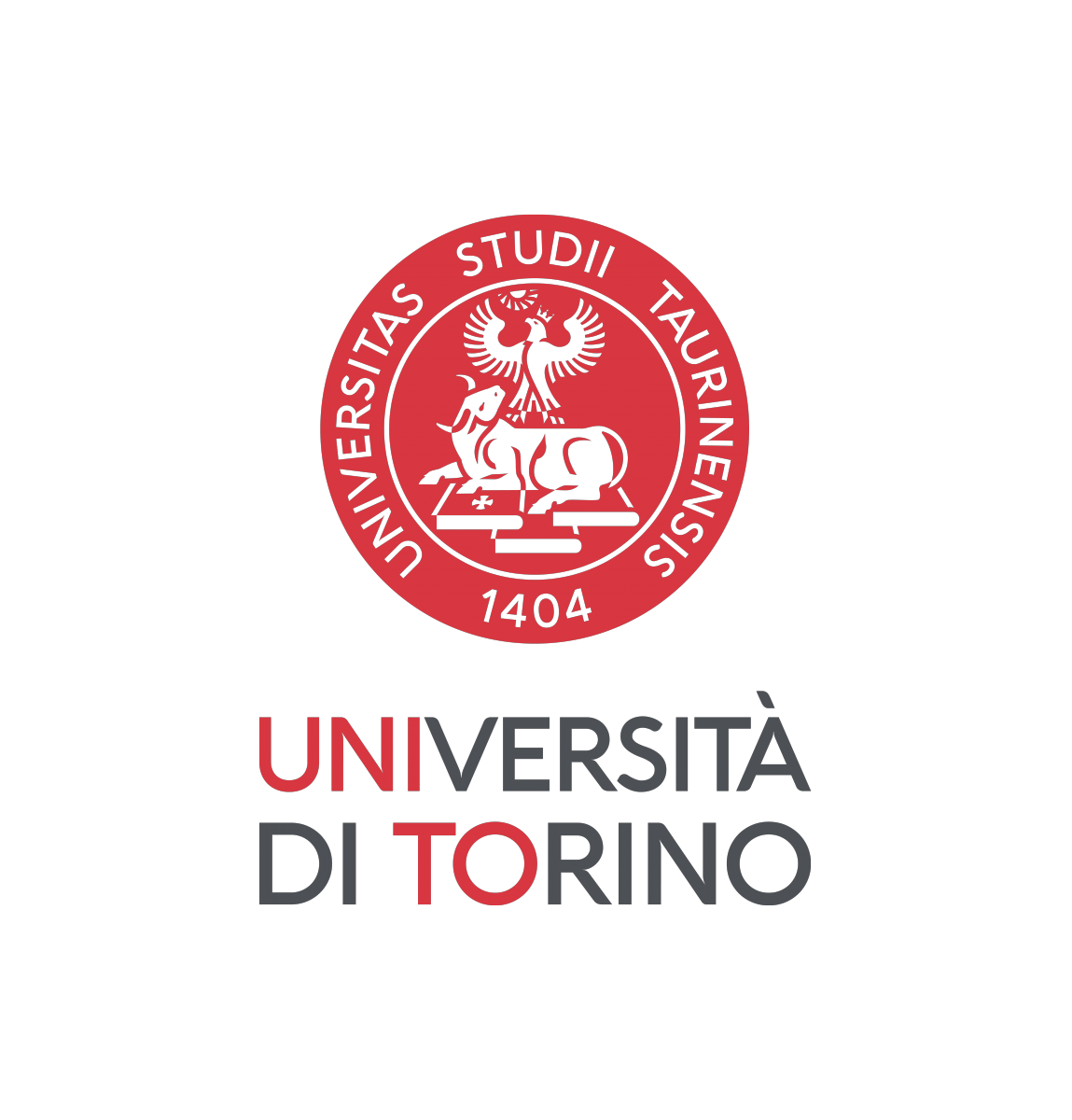Collection Mycotheca Universitatis Taurinensis

Scientific responsible of the collection: Giovanna Cristina Varese
Email: cristina.varese@unito.it
The Mycotheca Universitatis Taurinenesis (MUT) is the mycological collection of the Department of Life Sciences and Systems Biology of the University of Torino. It is one of the most important banks of fungal biodiversity in Italy and is characterized by a high systematic, ecological and applicative value. The aims of MUT are the acquisition, identification, characterization, conservation and distribution of macro- and micromycetes to foster scientific research and technology transfer.
Since 2008, the MUT collection has been part of the World Federation Culture Collections (WFCC) and of the European Culture Collections ’Organization (ECCO), institutions that deal with the optimization of conservation and ex situ management of microbiological diversity. Furthermore, since 2006, MUT has been working according to the ISO 9001 Certification standards.
The MUT preserves more than 6000 strains belonging to almost all classes of filamentous fungi and representative of about 1300 species. They come from different geographical areas, environments and ecological niches. Furthermore, some strains of bacteria, yeast and microalgae are preserved, mainly for educational purposes.
Fungi are identified relying on a polyphasic approach that combines the most modern molecular and chemical techniques with the classical morpho-physiological observations. Most of the biological material is stored using different techniques including cryopreservation (- 152 ° C) and freeze-drying.
Numerous lines of research are also carried out at the MUT, often in collaboration with companies and organizations. Many fungi are studied for their ecological and physiological characteristics such as mycorrhizal strains, biocontrol agents and biondicators, as well as strains producing secondary metabolites (e.g. antibiotics, biosurfactants and enzymes) that can be used in industry and for bioremediation applications. The collection also includes potentially harmful fungi, isolated from both environmental matrices and pathological specimens of human animal and plant nature.
All the information concerning the preserved fungi have been included in the MUT database, which is continuously and constantly updated.
For further information visit MUT website.

